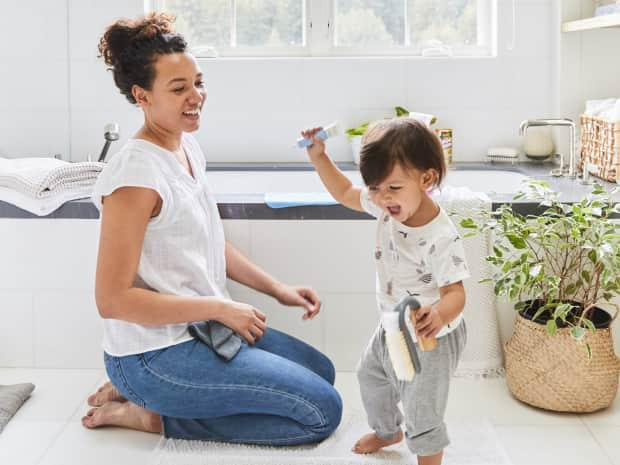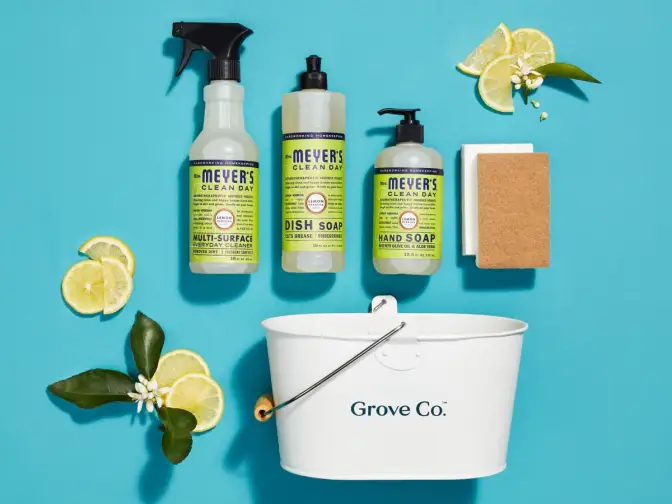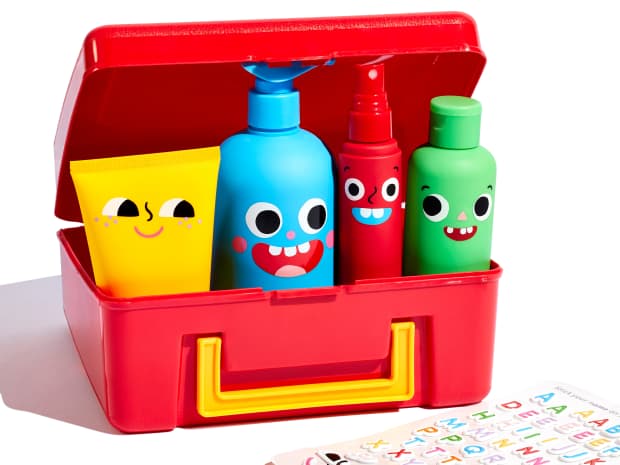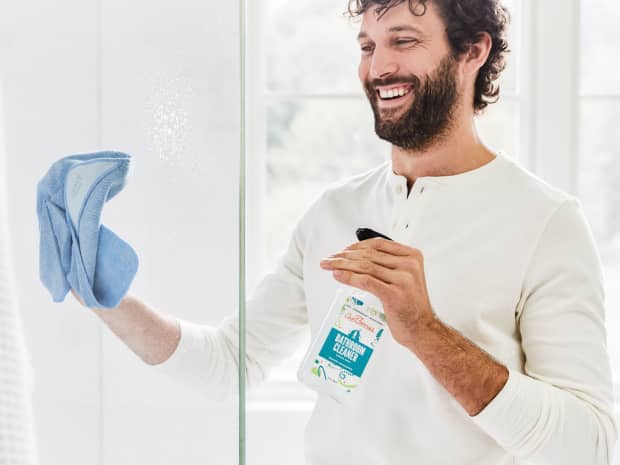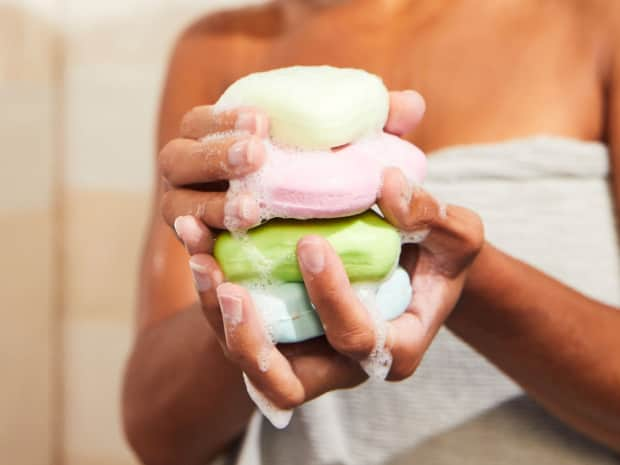Infants (0–12 months)
Even though many parents bathe their newborns daily as part of a bonding routine, there’s no need to bathe them more than 2 times per week for proper hygiene.
Once a week is sufficient if they have dry, sensitive skin.
Between baths, wipe your baby's neck, armpits, genitals, and other areas as needed with a wet cloth.

